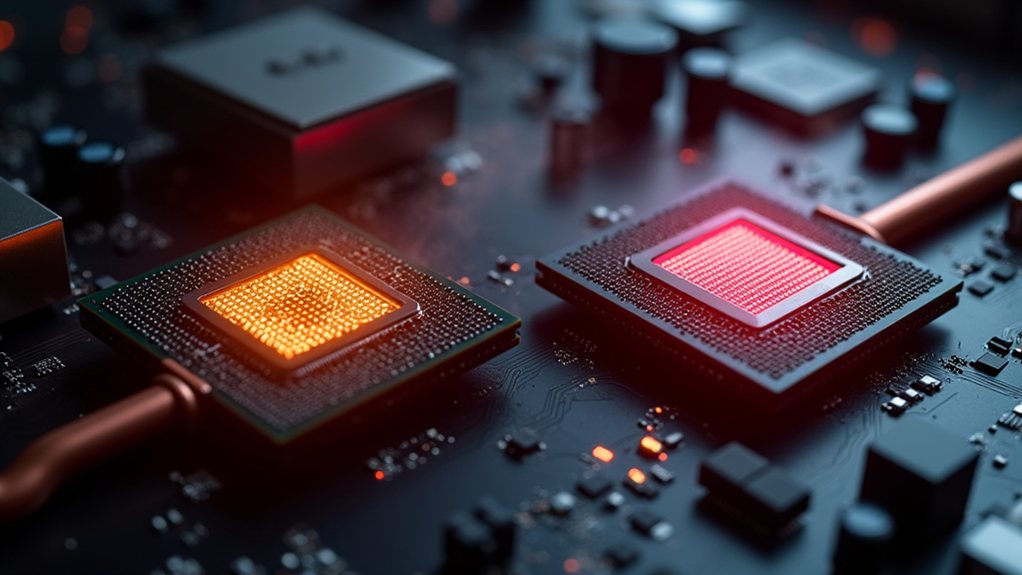DeepSeek has just shaken up the AI world with a budget-friendly twist that’s hard to ignore. For a mere $6 million, they trained their model, blowing similar efforts from the likes of OpenAI out of the water—those guys were shelling out anywhere from $50 to $100 million.
And while they’re jamming 10,000 GPUs into those bloated systems, DeepSeek managed it with a humble 2,046. It’s crazy, right? They didn’t just cut corners; they optimized hardware right beneath CUDA, upping chip efficiency like pros. The focus on custom silicon chips has become increasingly vital for AI development.
Their tech packed a punch too. Chain-of-thought prompting makes reasoning feel less like a guessing game and more like actual logic. Reinforcement learning fine-tuning? Genius. The mixture-of-experts architecture? It’s like having various brainiacs handle tasks they excel at.
DeepSeek’s tech is a game-changer, leveraging smart prompting and expert-driven architecture to elevate AI reasoning and performance.
And let’s not overlook those hardware tweaks that sidestep software limitations. Talk about a mic-drop moment. Additionally, DeepSeek’s success with limited GPU requirements comes as a revolutionary strategy in an industry reliant on costly hardware investments.
The impact? Well, Nvidia took a hit, losing a staggering $600 billion in market cap right after the announcement. Suddenly, investors were sweating bullets over AI infrastructure. DeepSeek opened the floodgates for startups and non-tech firms, challenging the big boys who thought they held the keys to the AI kingdom.
Industry response has been, um, intense. Meta is cranking up its AI budget to $60 billion-plus. There’s chatter about Jevons paradox, suggesting demand will only keep climbing, surging despite the newfound efficiency. Additionally, DeepSeek’s success raises concerns for U.S. competitors like Nvidia and Meta.
Meanwhile, IBM is over the moon, praising DeepSeek as a huge breakthrough. Competitively, DeepSeek’s models are standing toe-to-toe with OpenAI and Anthropic, throwing shade at Nvidia’s chip dominance.
This seismic shift forces Big Tech to redraw their R&D playbooks. Future implications look wild, with over $1 trillion expected to flow into AI infrastructure by 2029. The future of AI just got an exciting, albeit chaotic, twist.









